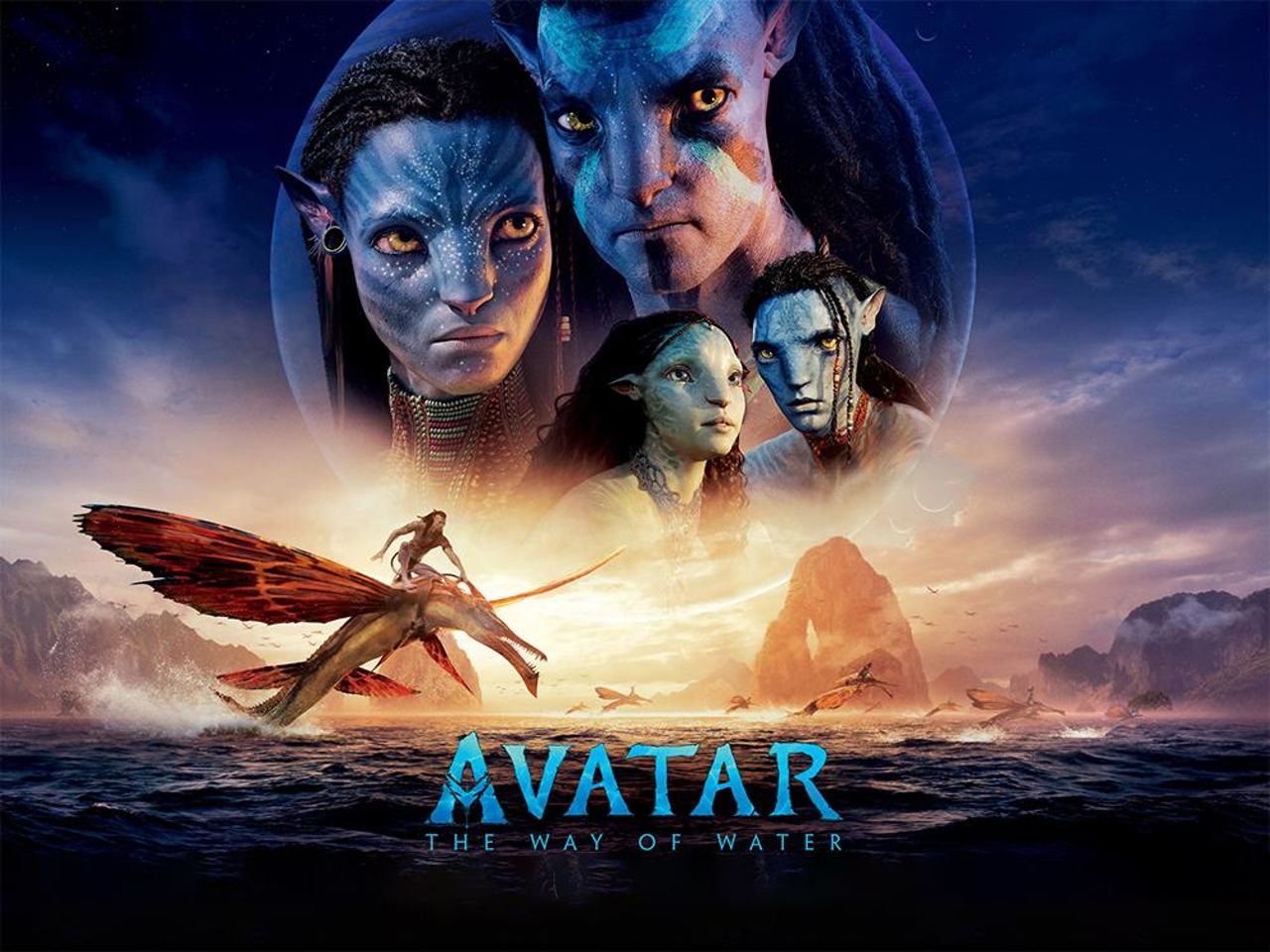What the Oscars can teach brands about building fandoms
The aim of both films and brands, says Matt Michaluk, Executive Creative Director at Household, is the same; to create something that fulfils fans. Here, he explains how advertisers can create memorable experiences that will put their name up in lights.
With last week's Oscar nominations, and the event itself around the corner, plus the world’s movie stars gathering to put on a show for audiences across the world, this isn’t just a moment to acknowledge the best of film.
In fact, it is a moment for the wider creative community to take stock of what culture can teach us. The Oscars, though a celebration of the fantastical and dramatic, can serve as a mirror that reflects society, allowing us to observe and learn from the cultural zeitgeist. If we read between the lines we, as creatives, can use their perspectives on the world and incorporate it into our work.
The aim of films and brands is inherently the same: to create something that fulfils fans.
The aim of films and brands is inherently the same: to create something that fulfils fans. Fans are much more than an audience; they are advocates who create their own communities around what they love. The danger is that we often only see people as consumers from whom all we expect is a purchase, or audiences from which all we expect is their attendance and ticket revenue.
Instead, we must start to see them as the fans they truly are. With this shift in mindset, brands can build long-term loyalty and advocacy and create memorable experiences that set apart the winners from the losers.

Above: Fans love mash-ups, like Nike and Tiffany & Co's collaboration.
To do this, assessing the insights from some of this year’s nominees is a good place to start.
Fans love mash-ups
The immediate cult-classic Everything Everywhere All at Once has become an international success, not only because of Michelle Yeoh’s career-defining portrayal as the lead, but also because of its ability to collide genres to create something entirely new. A quirky sci-fi, martial arts comedy that echoes the ambition of Marvel and the deep, cultural storytelling of indie films to entice fans into it’s mad multiverse.
Here, there is a parallel with the power of brand mash-ups. From Tiffany & Co. and Nike’s new sneaker collaboration to Greggs and Primark, these brands are creating collaborations that blend the ingredients we all know and love, and take it somewhere radically new. Our work with art’otel baked this in from the very start. We creatively fused together people’s love for art and comfort to create an unforgettable hospitality experience in a world where galleries and hotels combine.
It’s about contributing something new to culture, rather than simply hijacking it, and creating new conventions that bring brands to life with unbound relevancy.

Above: Avatar: The Way of Water has evolved the existing story; brands need to do the same.
Fans subscribe to stories
Good stories transcend generations. The Avatar franchise has a loyal following spanning a decade. The long-awaited sequel tapped into this contemporary nostalgia giving viewers something familiar, yet new, that they can obsess over.
In a world where Netflix is racing to feed the subscription generation brands, too, must tame the hunger of their customers.
We expect brands to do the same. We want a story to keep evolving, one that takes us to new places that excite and inspire us. In a world where Netflix is racing to feed the subscription generation brands, too, must tame the hunger of their customers.
But the real magic is achieved by not forgetting the importance of familiarity. Like Avatar: The Way of Water and its continuation of much-loved characters and creatures, brands must ensure their purpose remains at the heart of everything they do, but also that it is regularly flexed to create new dimensions.
Fans are not one-time customers. They want something to keep coming back to. They want something tangible that they can attach themselves to. In a content-driven era, fans are always looking for what is next, and the creativity of brands must be able to deliver that.

Above: The Banshees of Inisherin takes viewers on a trip through director Martin McDonagh's [third from left] mind.
Fans demand to see the unseen
There is a duality to fandoms. Whilst, on one hand, we want to see iterations of what we know and love, there is also a tenacious demand for the unseen. Fans want to be let into the deep, hidden parts of a brand or a director’s mind, to see what lies beneath the surface. There is excitement that comes from exposing genius, and our innate desire is to know more than what we are shown.
Fans want to be let into the deep, hidden parts of a brand or a director’s mind, to see what lies beneath the surface.
The hype around The Banshees of Inisherin has hit the nail on the head here. What may look like a simple, historical comedy is so much more than that. The film takes viewers on a trip through the mind of famously absurdist auteur Martin McDonagh - they are flies on the wall in his brilliant eccentricity.
Brands have the ability to replicate this experience, often through the lifting of the veil of their founder. Chrissie Rucker, the founder of The White Company, is a great example of this in practice. Her brand is a physical manifestation of her own creative genius. Fans are not held at arm’s length but are, instead, invited into her world; the brand’s stores and her home are one and the same. It’s like shopping in her living room.
And so, as we brace ourselves for the highs and lows of Hollywood, brands and creatives would do well to pay close attention to the screen. When the credits roll, there are lessons that they can take to ensure they don't just win on the night, but also fuel the love and loyalty of their fans far into the future.
)




 + membership
+ membership








